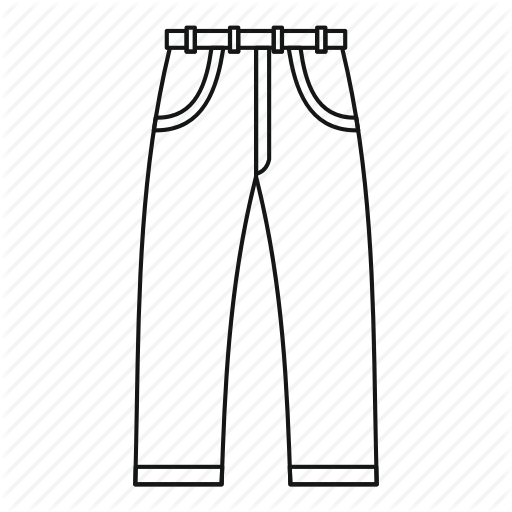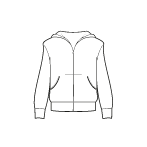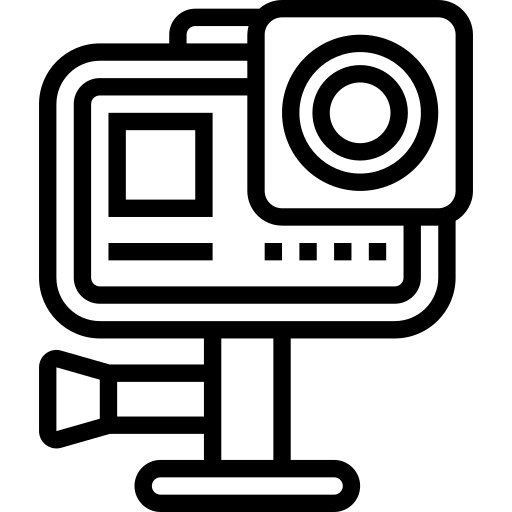IN La Apparel assists clients plan out key components of their line in order to save time and money.
By consulting with our team we are able to envision your goals and help you create the product which you or your client desire.
Major components which take place during consulting and planning include fabric & trim direction, ballpark costs for each style, artwork for printing & labels, fit directives for pattern makers,s and delivery or timeline expectations for completion of the project.
After the designs, materials, and patterns have been reviewed and approved, our experienced sample makers will begin the sample making.
Each first sample is hand-cut with perfection and sewn together for each style needed to be created or recreated.
Finished samples are either sent to you via mail or another meeting is set for sample approval.
Once all samples, fabrics, trims are approved production begins. During production, a In La Apparel team member will be in contact with you throughout the process giving you updates. After all, production is finished, it is ready for retail distribution.
Using stock apparel and accessory is a great option to reduce cost, minimum quantity, and turnaround time. We will remove the existing label print or sew on your brand label to these garments and decorated them.
take a look at our catalog and if you don’t find what you are looking for let us know we find it for you.
We Are Proud To Announce We Have Completed Our Mission For Wonderful Customers, In Addition With The Development And Production Of Your Collection We Create Your Brand Image.
In La Apparel Partnered Up With The Best Reputable Branding, Digital Media Company To Handle Your Branding Service All Under One “End To End Zone”In La Apparel 360 Degree Zone. Save Time, Money, And Resources By Working With One Inclusive Vertical Partner For Your Brand Manufacturing And One Inclusive Digital Partner For All Your Digital Media.
PRODUCTION LEAD TIME
Knitting is the first stage of garment production our circular knitting machines loop the yarn around each other to produce a seamless tube of fabric once finished, this tube is ready to be fabric dyed and cut to match your pattern. The look, feel and weight of your garment depend on the type of yarn and stitch used.
Dyeing is the process used to add color to your garments and bring them to life. Through dying we can match virtually any color and replicate it to the desired hue. There are two main types of dyeing offered through Apparel Branders to suit your needs: Piece Dyeing and Garment Dyeing.
Piece Dyeing:
Piece dying is the process in which the entire roll of fabric is dyed and then cut as needed or cut pieces of fabric are dyed before the garment is assembled. In this process, the fabric is placed in a jet dyeing machine and passed through the dye solution for a specified length of time. Once the fabric is dyed it is cut according to your pattern and sewn using the same color thread.
DIFFERENT TYPES OF PRINTING METHOD
Block Printing:
The blocks are usually made of wood and the design is hand carved so that it stands out in relief against the background surface. The print paste is applied to the design surface on the block and the block is then pressed against the fabric. The process is repeated with different designs and colors until the pattern is complete.
Block printing is a slow, laborious process and is not suitable for high-volume commercial use. It is a method still practiced in oriental countries where markets exist for the types of printed fabrics produced.
Roller Printing:
Roller printing has traditionally been preferred for long production runs because of the very high speeds possible. It is also a versatile technique since up to a dozen different colors can be printed simultaneously. The basic roller printing equipment, shown in the below figure, consists of a number of copper-faced rollers in which the design is etched. There is a separate printing roller for each color being printed. Each of the rollers rotates over the fabric under pressure against an iron pressure roller. A blanket and backing cloth rotate over the pressure roller under the fabric and provide flexible support for the fabric being printed. A color doctor blade removes paste or fibers adhering to the roller after contact with the fabric. After the impression stage, the fabric passes to the drying and steaming stages.
Screen Printing :<
This type of printing has increased enormously in its use in recent years because of its versatility and the development of rotary screen printing machines which are capable of very high rates of production. An additional significant advantage is that heavy depths of shade can be produced by screen printing, a feature which has always been a limitation of roller printing because of the restriction to the amount of print paste that can be held in the shallow depth of the engraving on the print roller. Worldwide, some 61% of all printed textile fabric is produced by the rotary screen method and 23% by flat screen printing.
There are two basic types of the screen printing process, flat screen printing, and rotary screen printing methods.
Heat Transfer Printing :
Transfer printing techniques involve the transfer of a design from one medium to another. The most common form used is heat transfer printing in which the design is printed initially onto a special paper, using conventional printing machinery. The paper is then placed in close contact with the fabric and heated, when the dyes sublime and transfer to the fabric through the vapor phase.
Ink-Jet Printing :
There has been considerable interest in the technology surrounding non-impact printing, mainly for the graphics market, but the potential benefits of reductions in the time scale from original design to final production have led to much activity in developing this technology for textile and carpet printing processes. The types of machines developed fall into two classes, drop-on-demand (DOD) and continuous stream (CS).
Carpet Printing :
The printing of carpets only really achieved importance after the introduction of tufted carpets in the late 1950s. Until then the market was dominated by the woven Wilton carpets and Axminster designs were well established, but by the 1980s tufted carpet production accounted for some 80% (by area) of UK production. Much of this carpet production was printed because the range of patterns possible to produce using tufting machines was limited and there was a desire to produce greater flexibility of design for these types of carpet.
Warp Printing:
The printing of a design on the sheet of warp yarns before weaving. The filling is either white or neutral color, and a grayed effect is produced in the areas of the design.
Resist Printing:
A printing method in which the design can be produced: (1) by applying a resist agent in the desired design, then dyeing the fabric, in which case, the design remains white although the rest of the fabric is dyed; or (2) by including a resist agent and a dye in the paste which is applied for the design, in which case, the color of the design is not affected by subsequent dyeing of the fabric background.
Photographic Printing:
A method of printing from photoengraved rollers. The resultant design looks like a photograph. The designs may also be photographed on a silk screen which is used in screen printing.
Pigment Printing:
Printing by the use of pigments instead of dyes. The pigments do not penetrate the fiber but are affixed to the surface of the fabric by means of synthetic resins which are cured after application to make them insoluble. The pigments are insoluble, and application is in the form of water-in-oil or oil-in-water emulsions of pigment pastes and resins. The colors produced are bright and generally fat except to crocking.
Blotch Printing:
A process wherein the background color of design is printed rather than dyed.
Burn-Out Printing:
A method of printing to obtain a raised design on a sheer ground. The design is applied with a special chemical onto a fabric woven of pairs of threads of different fibers. One of the fibers is then destroyed locally by chemical action. Burn-out printing is often used on velvet. The product of this operation is known as a burnt-out print.
Direct Printing:
A process wherein the colors for the desired designs are applied directly to the white or dyed cloth, as distinguished from discharge printing and resist printing.
Discharge Printing:
In “white” discharge printing, the fabric is piece-dyed, then printed with a paste containing a chemical that reduces the dye and hence removes the color where the white designs are desired. In “colored” discharge printing, color is added to the discharge paste in order to replace the discharged color with another shade.
Duplex Printing:
A method of printing a pattern on the face and the back of the fabric with equal clarity.





-bwkkg3.png)














